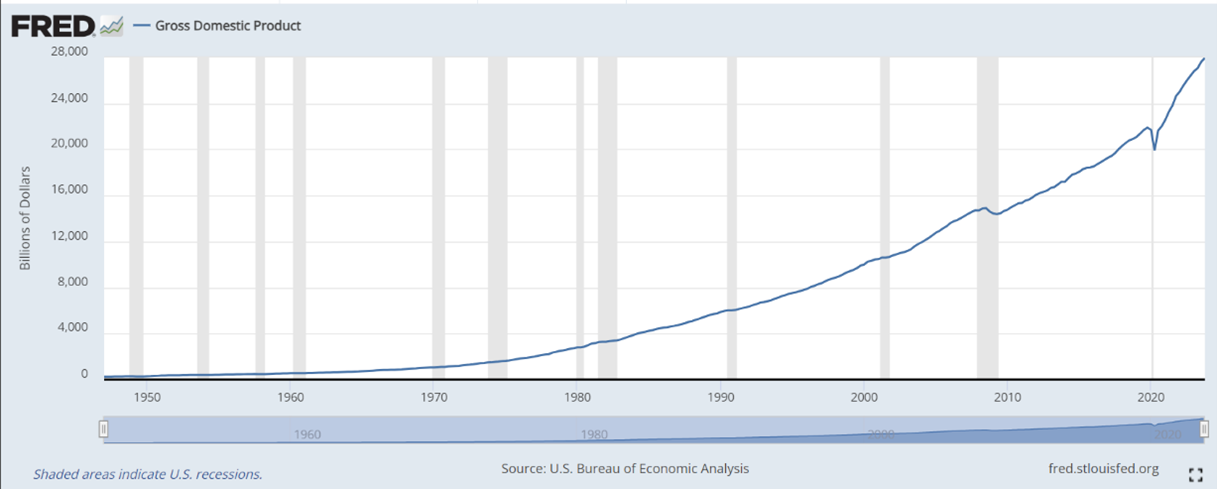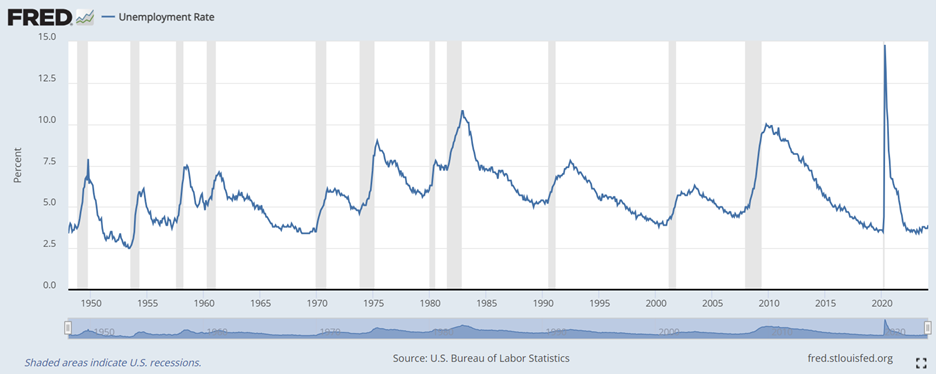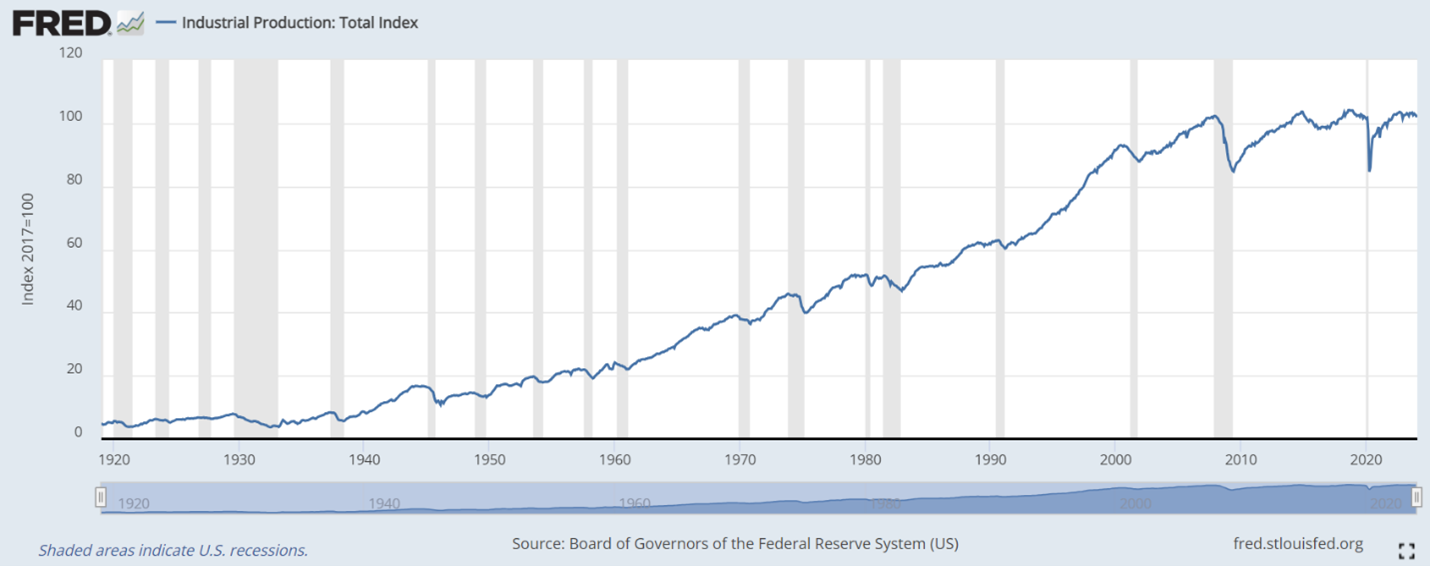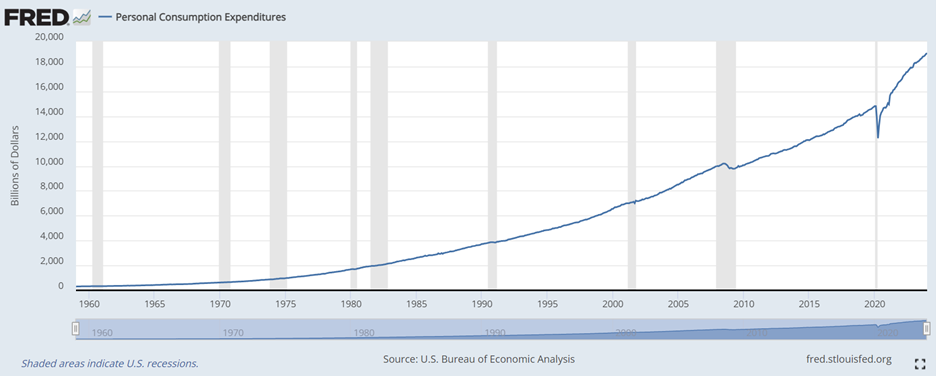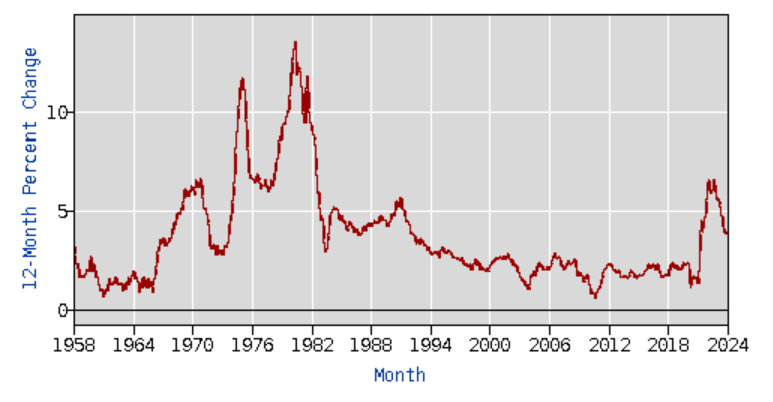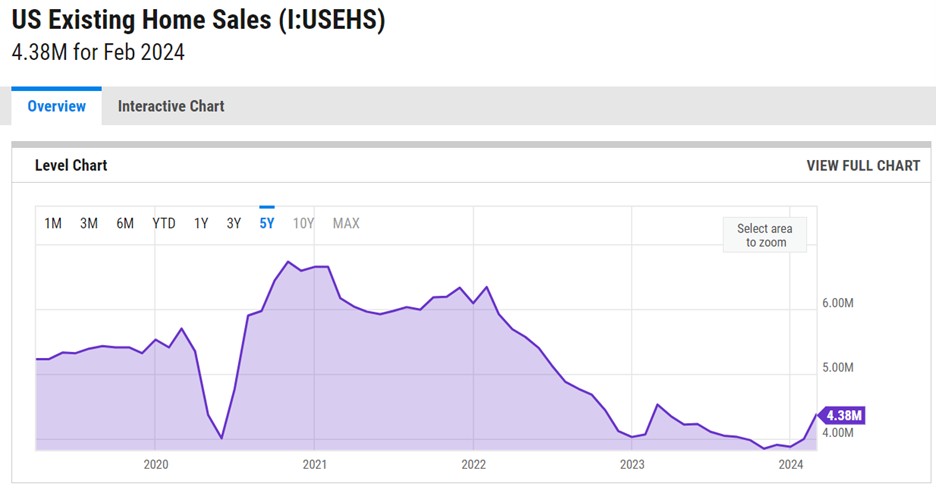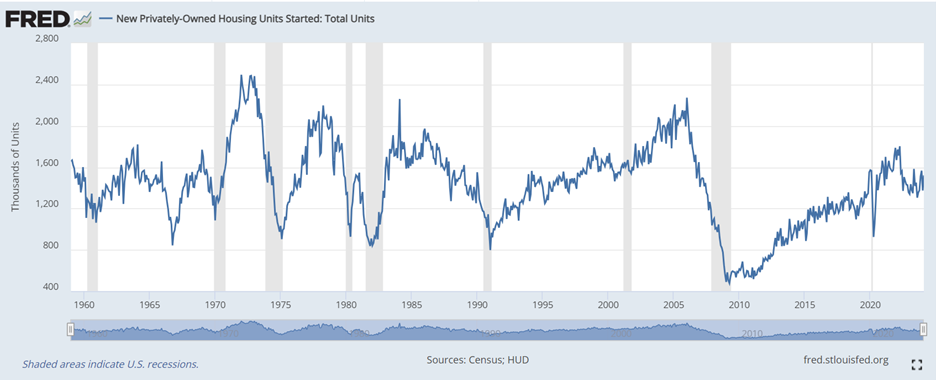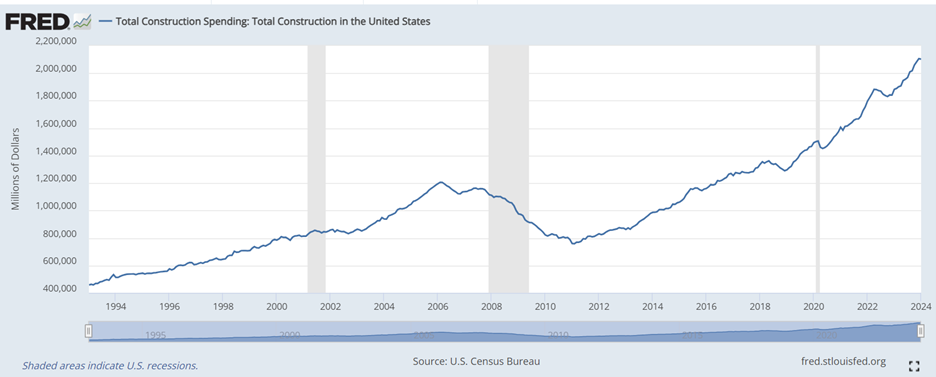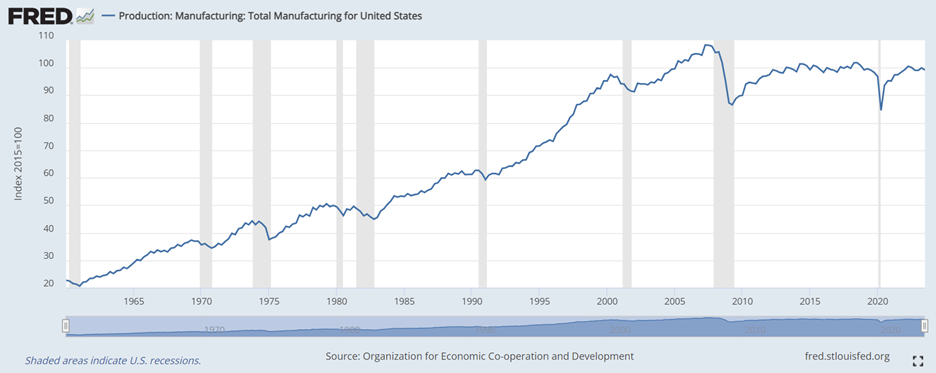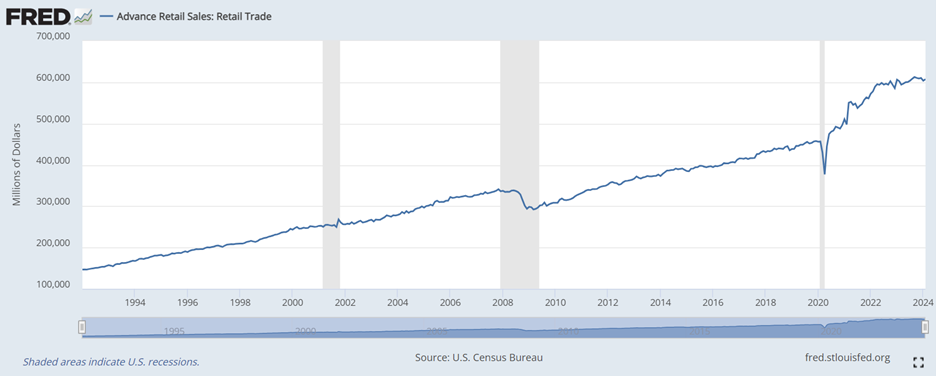Schedule a Strategy Session Today
Is The Economy Doing Well? People Don't Think The Economy So, But It Actually Is.

There has never been a greater disconnect between how the economy is performing and how we feel about it. That was the message at a recent conference I attended from Jeremy Aguero, principal analyst from Applied Analysis. I found it insightful and wanted to share some pieces of it here along with some of my own additions. The title of his thesis is “Perilous Prosperity” and is linked below.
Consumer sentiment has never been so mismatched with real economic performance. People feel so negative about the economy and the way the country (and the world) is headed, yet the economy is strong. Look at the facts (and if you want chart-proof, then scroll all the way down) and decide for yourself. Is this mass delusion and what has caused it?
GDP is strong. Employment is strong. Wage growth is strong. Retail sales are strong. Industrial production is strong. Consumer spending is strong. Inflation is coming down. Existing home sales aren’t that strong, but homebuilding is. Construction and manufacturing are strong.
Furthermore, perhaps we can tell the economy is doing well based on these unconventional indicators:
- The First Date Index: People date more when the economy is doing well. Match.com revenue was up 25% in 2021, 6.89% in 2022, and 5.51% in 2023.
- The Coffee Index: People go out and buy coffee more when the economy is doing well. Starbucks revenue was up 11% in 2021, 11.5% in 2022, and another 11.5% in 2023.
- The champagne index: People buy more champagne and other luxury goods when times are good. LVMH revenue was up 49% in 2020 (pandemic), 9.8% in 2023, 11.8% in 2023.
- The Lipstick Index, the Big Mac Index, the Cardboard Box Indicator, and Men’s Underwear Index.
But, even with the strong economy, consumer sentiment (how we feel about the economy and our finances) is low. Why? It’s the news, social media, and the nature of what sells. William Randolph Hearst coined “If it bleeds, it leads” in 1890, but perhaps this holds even more true today.
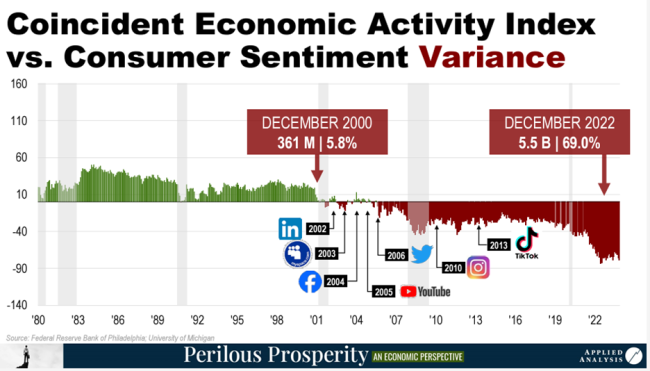
The public is clicking the news in record numbers. And clicks equal dollars, so it is a vicious cycle because it encourages more articles to get published, and therefore more clicking. There are 2 million plus news articles put out each day. For each additional negative word in a headline, the clicks increase by 2.3%, which is very high.
Doomscrolling is a thing – it is the habit of continuously scrolling through negative news and social media content without being able to stop, despite its negative impact on mental well-being. The infinite scroll is a relative of doomscrolling. While you might not be looking at negative news, the scrolling has negative effects regardless: the potential for addiction, a reduced attention span, decreased productivity and impaired sleep.
People are getting their news increasingly from social media. 30% of adults get their news from Facebook, 26% from YouTube and 16% from Instagram.
32% of young adults (18-29) regularly get their news from TikTok.
Almost perfectly timed with the dawn of social media is when consumer sentiment (how we feel) deviated negatively from how the economy is actually doing (coincident economic activity). Check out the chart:
So, if it’s not already clear: consuming the news constantly is bad for you. More than half of Americans say the news causes them stress, and many report feeling anxiety, fatigue or sleep loss as a result.
One out of ten adults check the news every hour and 20% of Americans report that they constantly monitor their social media feeds.
So perhaps these 2 million articles per day, doomscrolling, and constant monitoring of social media are leading to mass delusion.
Things are good. Enjoy the good times. We made it through the bad. These good times won’t last – they never do. So, yes, we’ll plan for the next downturn so we’re ready. But we don’t have to live (and think) as if we are currently in a bad economy or a bad time to be alive.
Are there risks? Of course. There always are. But reality is not as bad as it’s made out to be. Stay positive, be humble. Have fun and enjoy life. Be a good person.
Schedule a Strategy Session Today
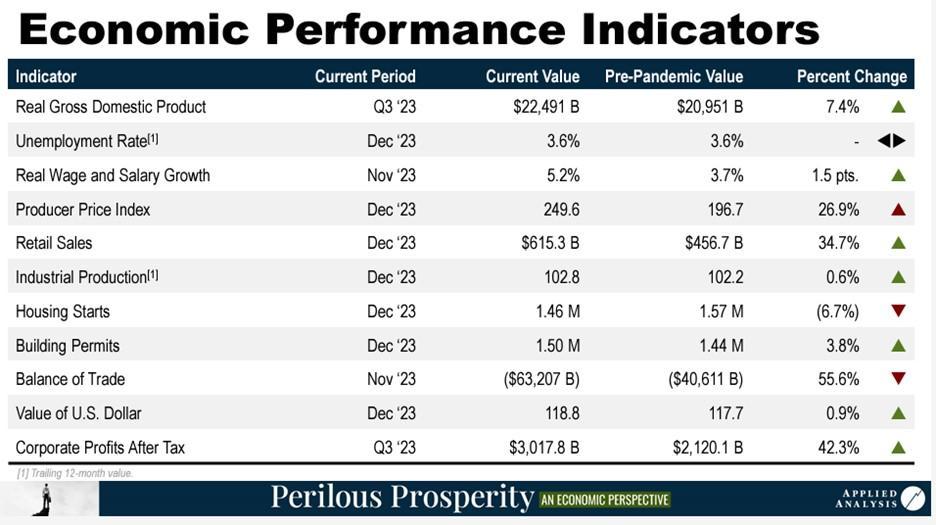
http://www.appliedanalysis.com/presentations/preview/2024/
Charts
GDP: Strong
